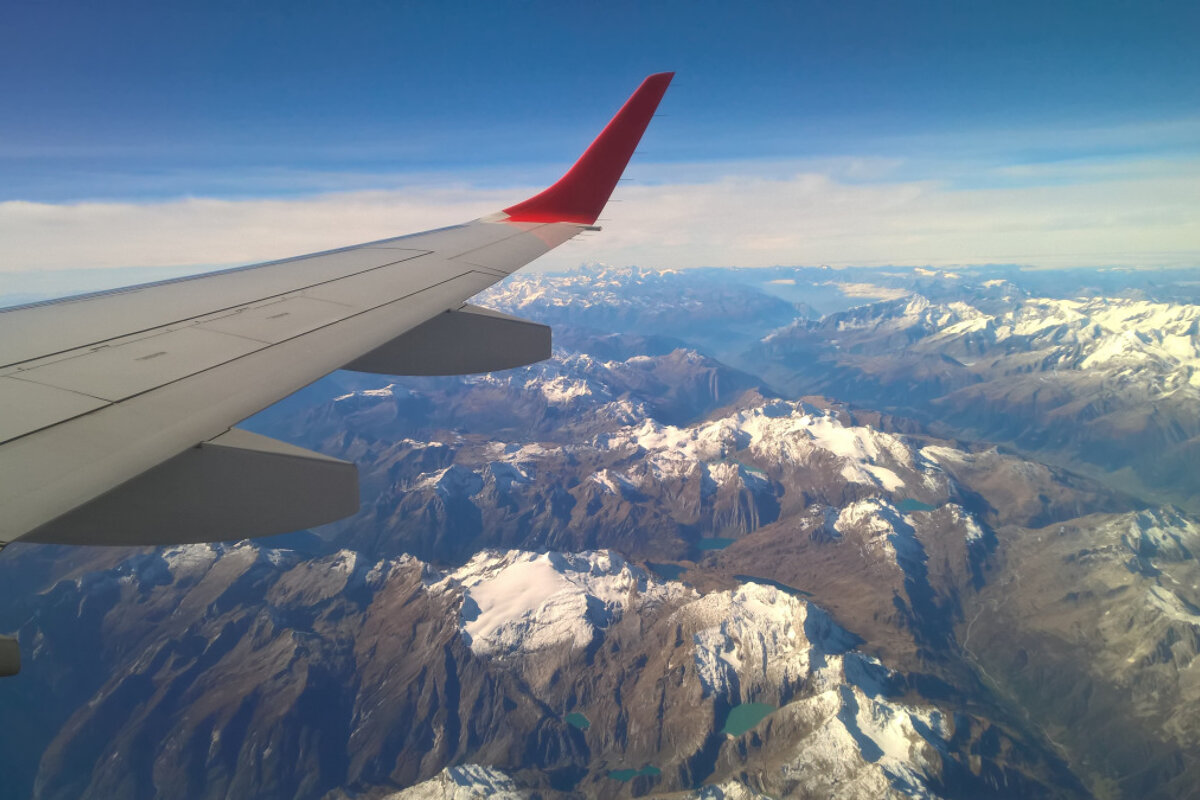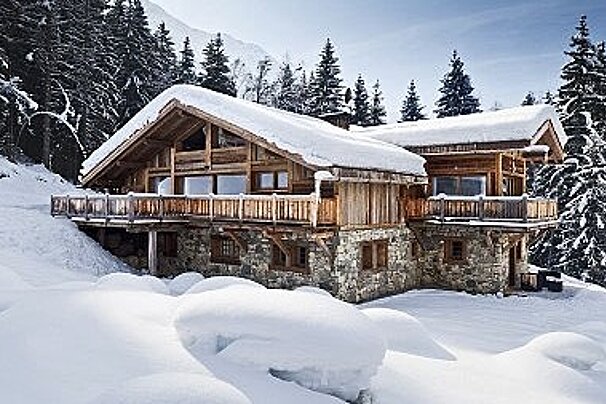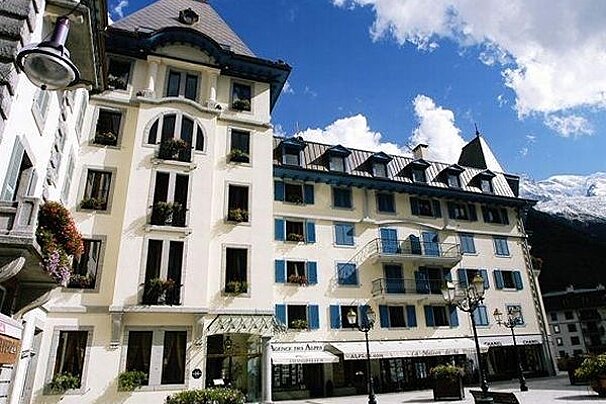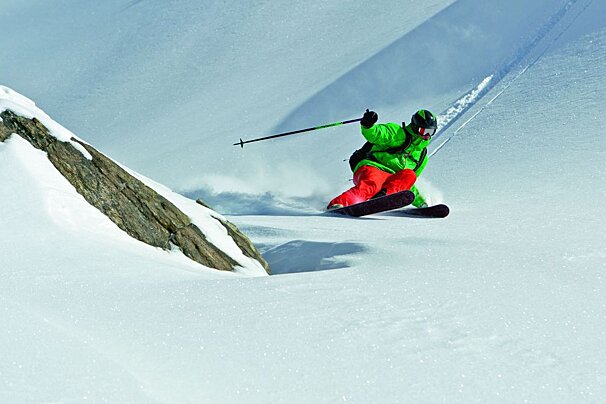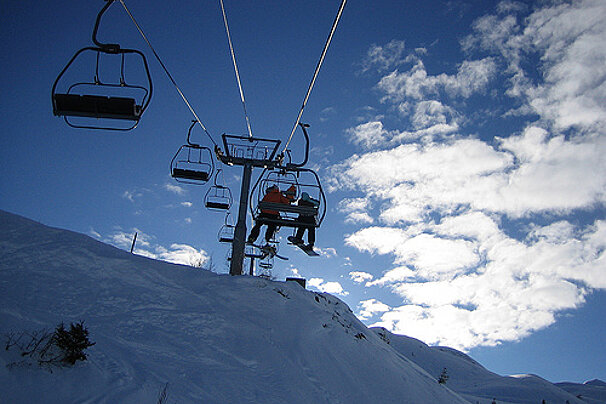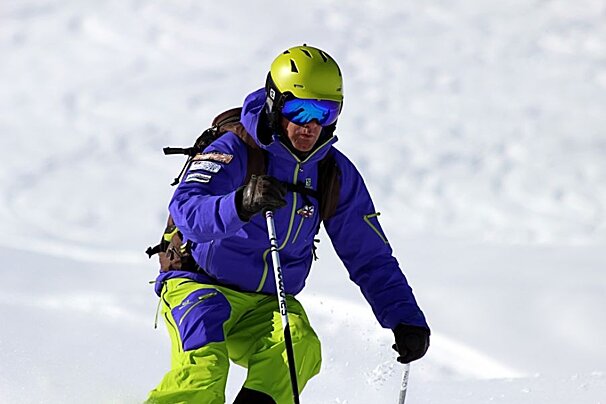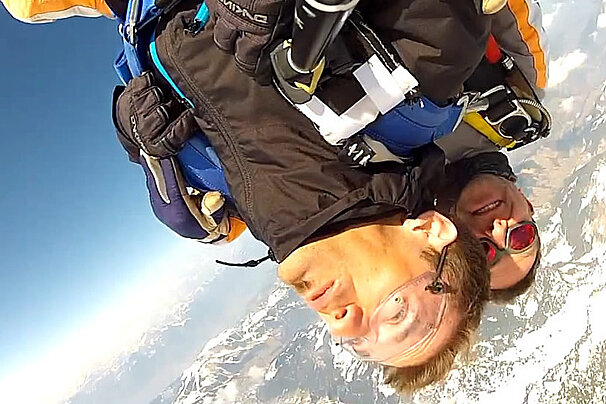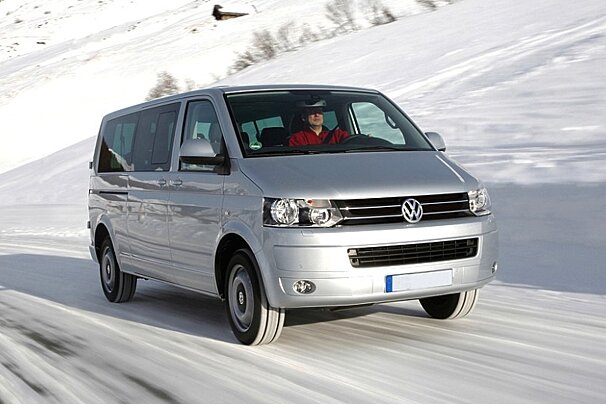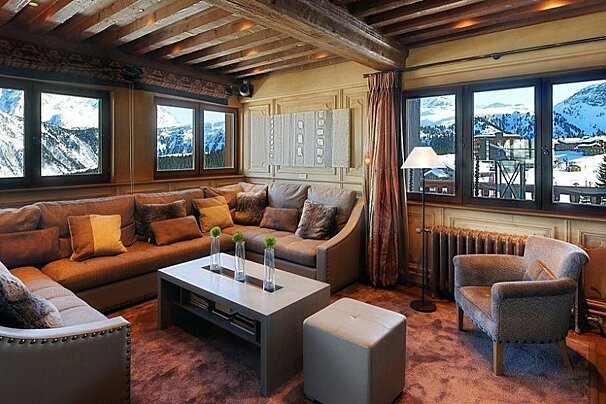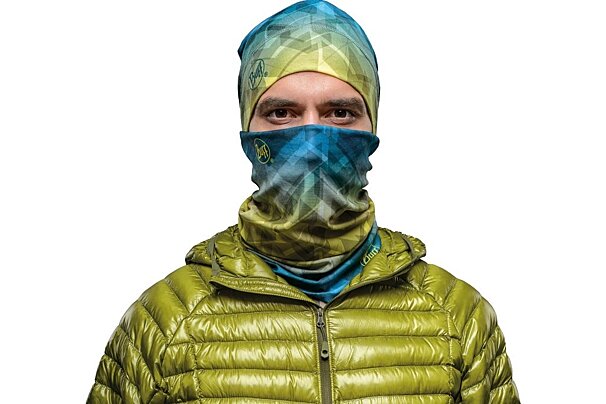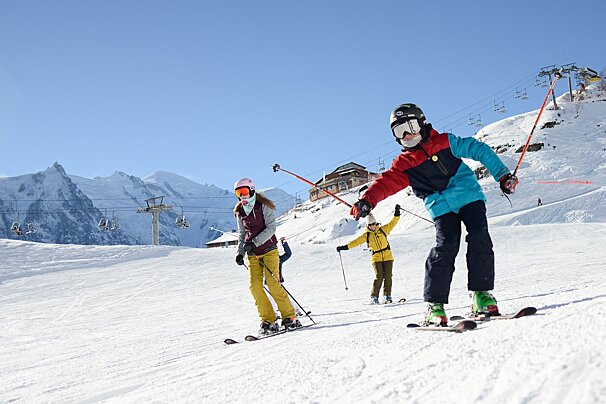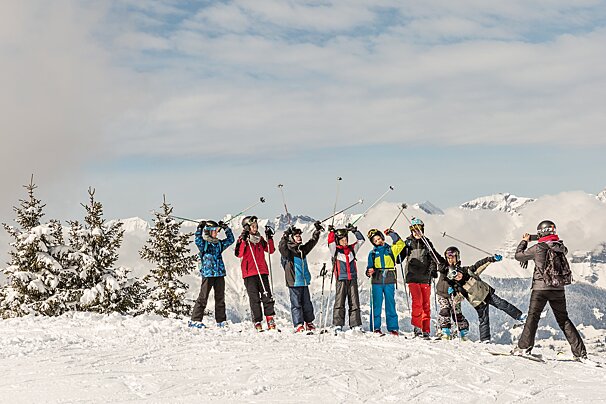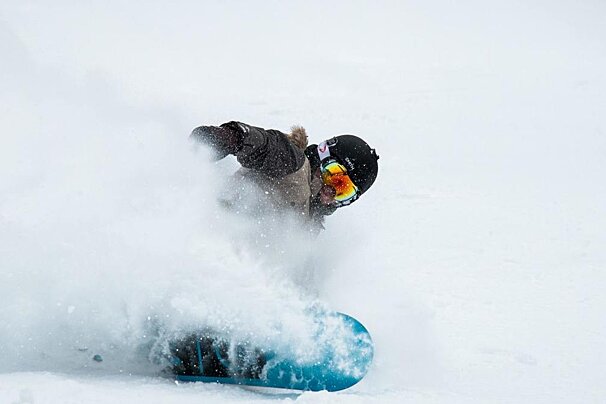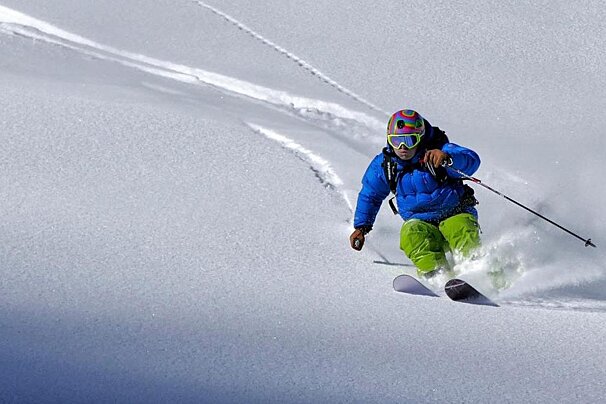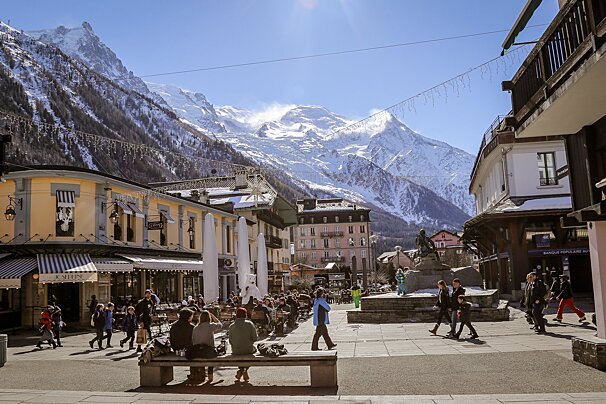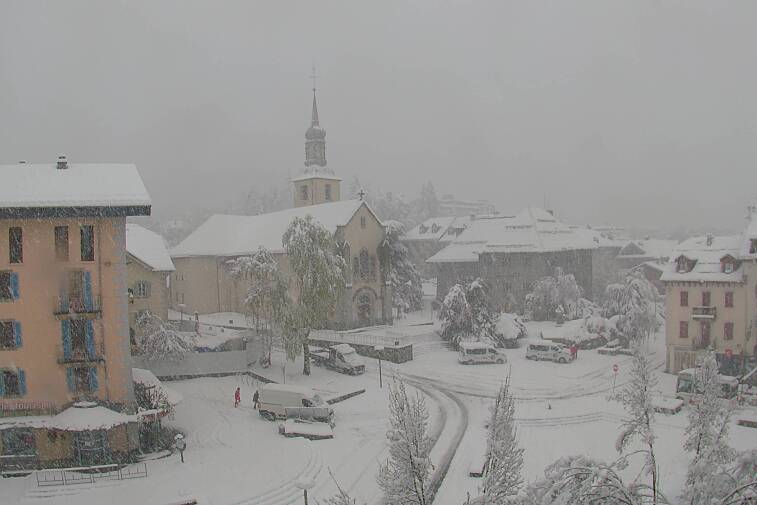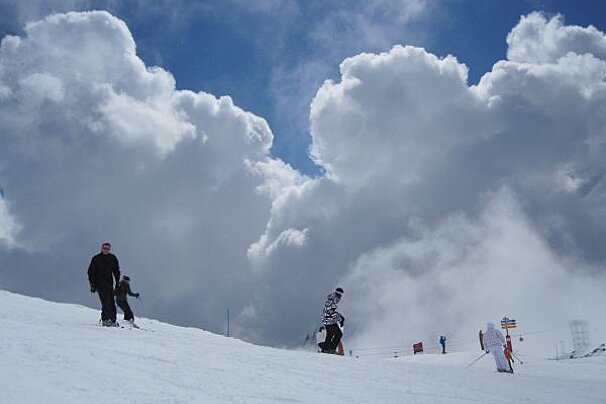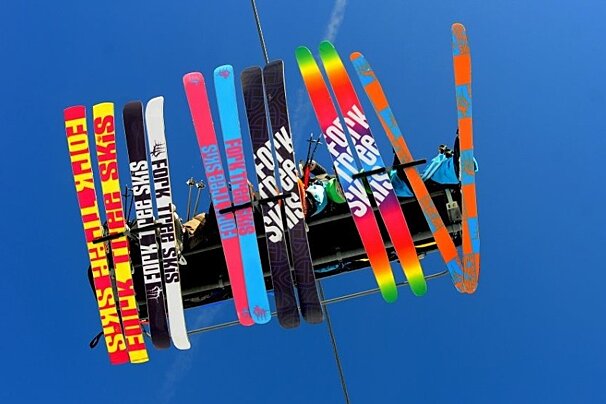
How to Get to Chamonix
Discover the top ways to get to Chamonix
With dramatic views and high-mountain lift access, Chamonix is an awe inspiring place. It's also one of the easiest mountain resorts to get to.
Chamonix is only a 1h15 drive or bus ride from Geneva airport.
Unlike many resorts, it isn't perched at the top of an inaccessible mountain pass. If you're coming from Geneva, it's dual carriageway all the way.
Chamonix also has its own train line, which connects with SNCF lines and makes regular stops throughout the valley.
So given the options, what's the best way to get here?
Jump to
Flying to Geneva Airport
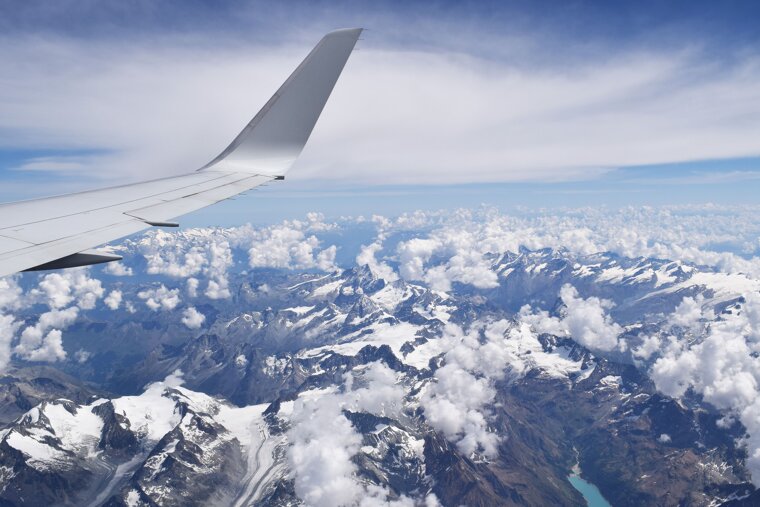
Flying to Geneva Airport is the easiest way to get to Chamonix for most international visitors.
Because of its proximity to the resort, it's easy to get a transfer. You can also hire a car and be on your way in no time.
The only trouble with flying to Geneva is the environmental cost. Driving, coming by coach or catching a train are usually better options if you want to reduce CO2 emissions.
Flying to other airports
We wouldn't recommend flying to Chambery, Lyon, Grenoble, Turin or Milan - even if they look close on the map.
The flights can be more expensive, the journey times are usually longer and you'll often have to rely on pricey private transfers.
Train to Chamonix
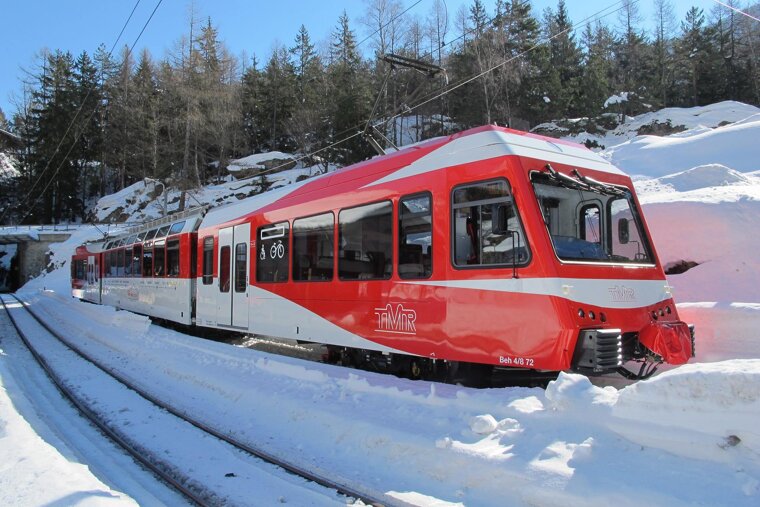
Chamonix is one of the few ski resorts that has its own train station, which means you can get all the way into town on the train.
The final leg from Geneva, Saint Gervais or Martigny can be slow. But if you're in no rush, the train is the most environmentally-friendly option and it's arguably the most comfortable way to travel.
Overall journey times can also be similar to driving or flying if you're doing a long trip like London to Chamonix.
Driving to Chamonix
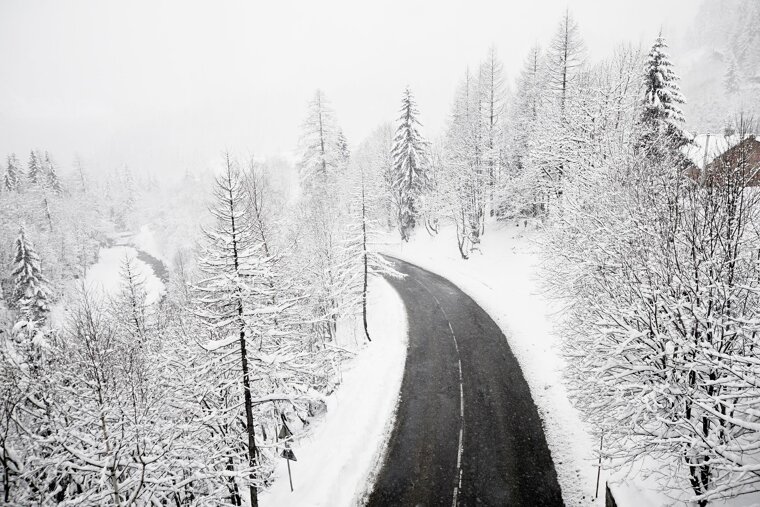
Chamonix is one of the easiest resorts to get to by car.
If you're using the French autoroute, there are no mountain passes to tackle, the roads are generally clear and it's dual carriageway all the way.
It's one of the quickest resorts to get to by car from the UK too. Excluding breaks, it's about 8h30 from Calais - easily doable in a day. Plus you can bring all the luggage you want.
Unless you're driving an electric car to the Alps however, driving isn't very environmentally friendly. And parking is a bit of a nightmare once you get here - especially in peak seasons.
Read more about how to get around Chamonix without a car.
Coach to Chamonix

Getting to Chamonix by coach takes longer than flying. It's usually cheaper though, which makes it a good option if you're on a budget.
It's also a relatively environmentally-friendly way to travel.
International coach companies like FlixBus, Eurolines, BlaBlaBus and RegioJet run services to Lyon, Grenoble and Geneva. From there, you can pick up a bus transfer to Chamonix.
There's also a direct overnight coach from London to Chamonix that runs once a week during the winter. It takes about 18 hours.
Reducing your environmental impact

We know flying is often the most convenient way to get to Chamonix, but we'd encourage you to look at alternatives.
One option is to take the train as far as Geneva and do the last leg by transfer from the airport or city centre. This allows you to minimise your carbon footprint while still getting to the resort in good time.
| Mode of transport | CO2 per km per person |
| Train | 6 grams |
| Electric car with four passengers | 13 grams |
| Coach | 28 grams |
| Diesel car with four passengers | 43 grams |
| Petrol car with four passengers | 48 grams |
| Flying | 156 grams |
Source: Carbon footprint of travel per kilometre (ourworldindata.org)

